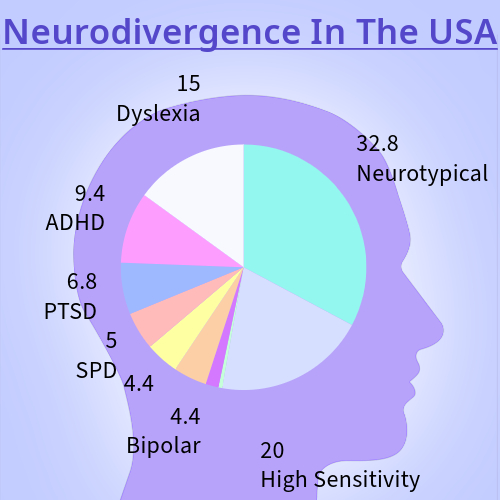Cliques at Oak Park
On a regular day at Oak Park high school in Kansas City, you can, of course, see students socializing, just like at any other public school. But, like all high schools, there is also a social stigma of who is friends with who, who doesn’t like who, etc. It’s a basic example of students figuring themselves and their peers out, sometimes negatively, sometimes positively.
When I first began asking students about their experiences with their own social lives, I didn’t know what to expect. So many kids have wonderful, thriving social circles, but some, not so much.
I was met with almost entirely positive answers. Oak Park, according to the select group of students I interviewed, is seemingly an extremely welcoming and accepting atmosphere for the teenagers who attend the school. For the most part, Oak Park isn’t reminiscent of your stereotypical clique-filled high school movie. However, I still wanted to know students views on “cliques” and whether they were real or not.
Natalie Robinett, a fourteen-year-old freshman, seemed very upbeat and excited as we sat down in the middle of the cafeteria. Very reflective of the ‘girl next door’, she is clearly friendly and easy going.
She thought for several moments about whether people exclude based on race, gender, sexual orientation, etc. She then shared that she felt it had nothing to do with race, or appearance in general, but more monetary income and economic status as well as personality.
“If you can’t keep up with them, you wouldn’t fit in well.” She began. “Some friend groups are up for appearances… I wish it didn’t matter but it kinda does to other people… it sucks.”
“I feel like it’s a stereotype. It’s not as real as people think it is – Like, it’s not as bad as it is in media, but it still exists.” Natalie stated carefully in regard to the existence of cliques who are unwilling to accept others. “[Oak Park] was welcoming to me, personally.”
Marianné Grant, a friend of Natalie, is also a freshman. She’s quite an interesting character and despite usually dressing in black and wearing heavy makeup, she has a bright, bubbly personality and every other sound that comes out of her mouth is a giggle.
Eager to be interviewed, Marianné held some similar views to Natalie, but she definitely had a separate outlook. “I don’t really think that people are excluded,” She said. “I would say that Oak Park welcomes all people to be themselves.”
She said: “I mean, I wouldn’t really think that [cliques exist]. There’s like, multiple people with more than one group of friends.” Her opinions aren’t black and white, though. “But we’re all worried about people liking us for what we like, and not how we act. That’s crazy.”
Talking about what her and her friends had in common, she immediately burst in to laughter. “We’re pretty different! But we still get along.” She said things are a lot more interesting. “We have a lot more to talk about, so it’s fun.”
Yennhi Phan, a 13-year-old freshman is the last person who I interviewed. She was really thoughtful about her responses and seemed happy to be asked about her thoughts on the school.
When asked if she feels people are excluded from other groups, she said: “Mhm – Um, mainly because they don’t-” She held up air quotes. “- ‘Fit in.” She elaborated that other students have their own standards for who they spend time with and cliques are real but unimportant. “Excluding everybody makes social activity harder.” She said it was easier to be friends with people you have things in common with and you can relate to them, so therefore, you become closer.
She said she felt comfortable at Oak Park and had never been made to feel bad about herself by others. “I personally feel you should be comfortable with who you are and not care what other people think.”




